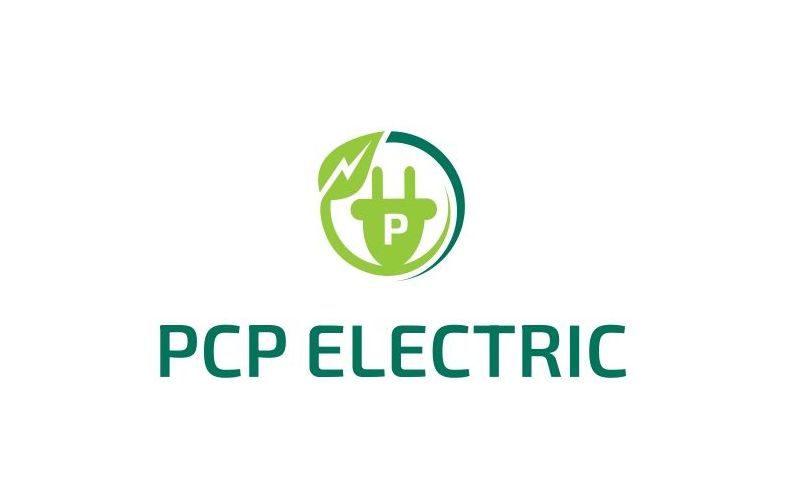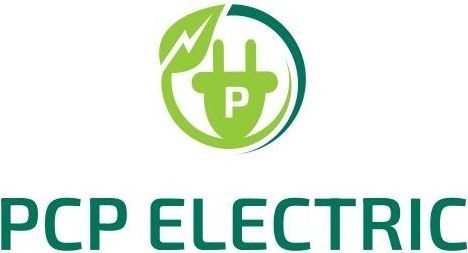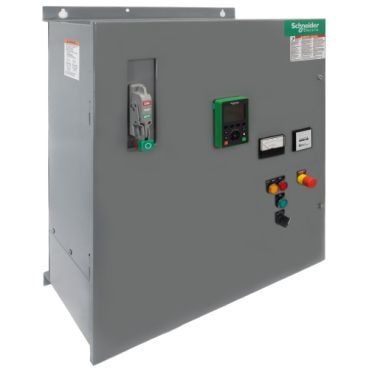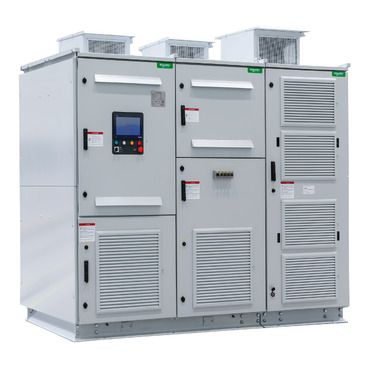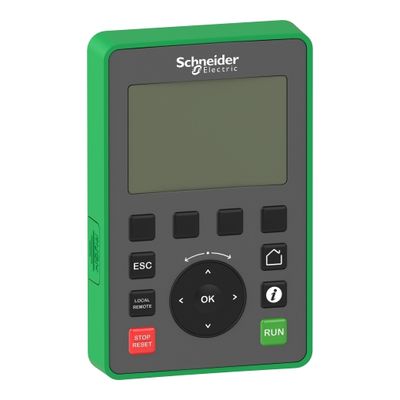Get in touch
enquiry@pcpelectric.sg
0
Soft Starters and Variable speed drives
Variable Speed Drives (VSD)
and Soft Starters
are both essential devices in AC motor systems, used to control starting, stopping, and acceleration of motor speed. Each device serves a distinct purpose and offers unique benefits in managing motor operations.
Variable Speed Drives (VSD)
Functions and Benefits:
- Speed Adjustment: VSDs allow for precise control of motor speed, enabling adjustment to match the required load. This results in optimal performance and efficiency.
- Energy Savings: By adjusting the motor speed to the actual load requirements, VSDs reduce energy consumption, leading to significant cost savings.
- Improved Control: VSDs provide better control over motor operations, enhancing process accuracy and reliability.
- Extended Equipment Life: Reducing the stress on motors by controlling speed and acceleration helps in extending the lifespan of the equipment.
How to Start and Stop a Motor using VSD:
- Control Signal: A VSD uses a control signal (e.g., start/stop command from a PLC or manual switch) to initiate or stop the drive's output. This control signal can be an analog input (e.g., 4-20 mA or 0-10 V) or a digital input (e.g., ON/OFF switch).
- Gradual Start and Stop: VSDs can be programmed to ramp up (accelerate) or ramp down (decelerate) the motor speed gradually, ensuring smooth starts and stops, which minimizes mechanical stress.
Soft Starters
Functions and Benefits:
- Smooth Start: Soft starters gradually increase the voltage to the motor, which smoothly ramps up the motor speed. This prevents the sudden inrush of current that typically occurs with direct-on-line (DOL) starting.
- Reduced Initial Current Surge: By limiting the initial surge of current, soft starters minimize electrical stress on the motor and the electrical network.
- Minimized Mechanical Stress: The gradual acceleration and deceleration reduce mechanical wear and tear on motor components, extending the motor’s lifespan.
- Enhanced Reliability: Soft starters are beneficial in applications where frequent starting and stopping is required, as they reduce the thermal and mechanical impact on the motor.
Key Differences:
- Speed Control: VSDs provide continuous control over motor speed during operation, while soft starters are primarily used for smooth starting and stopping without adjusting speed during normal operation.
- Energy Efficiency: VSDs offer more significant energy savings by adjusting motor speed to match load requirements, whereas soft starters primarily reduce mechanical and electrical stress at start-up.
Applications:
- VSDs: Ideal for applications where variable speed is crucial for process control and energy efficiency, such as pumps, fans, conveyors, and HVAC systems.
- Soft Starters: Suitable for applications requiring smooth start-up and reduced electrical stress, such as compressors, crushers, and heavy-duty industrial machinery.
Summary
Variable Speed Drives (VSD):
- Provide continuous speed control.
- Enhance energy savings and process efficiency.
- Extend motor lifespan through reduced operational stress.
Soft Starters:
- Ensure smooth motor start and stop.
- Minimize initial current surge and mechanical stress.
- Extend motor lifespan through gentle acceleration and deceleration.
Both VSDs and soft starters play crucial roles in optimizing the performance and longevity of AC motor systems, contributing to improved efficiency and reliability in various industrial applications.
Display prices in:
SGD
